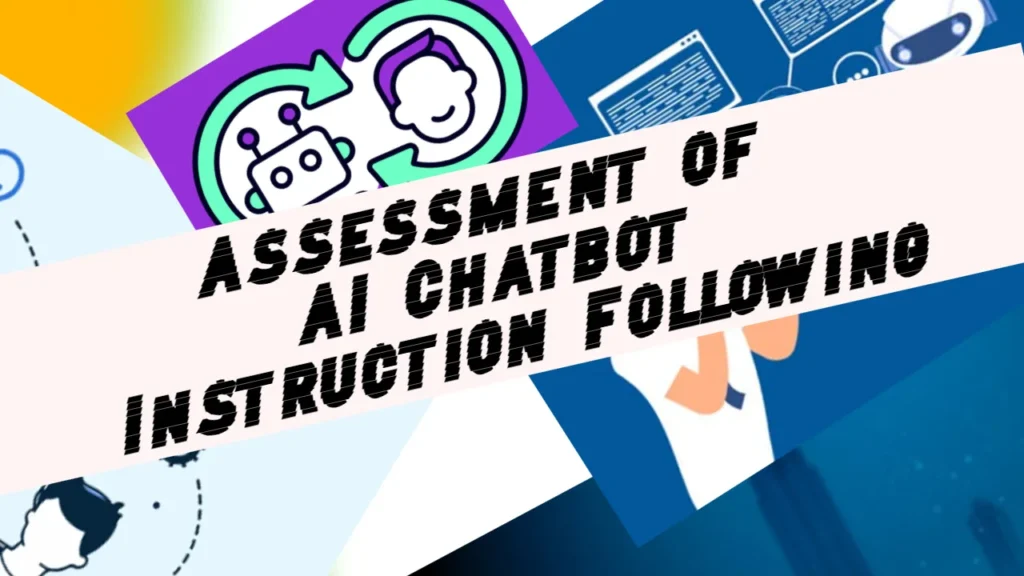As we delve into the intricacies of evaluating AI chatbot responses, one critical aspect that demands meticulous attention is Instruction Following. Ensuring model responses align with user requests or directives is paramount to delivering a practical and user-friendly AI experience.
This comprehensive guide will explore the multifaceted dimensions of Instruction Following and provide valuable insights into assessing prompt request coverage and relevance.
Unraveling Prompt Coverage 🧐
What is Prompt Request Coverage? (“Coverage”)
Prompt Coverage entails thoroughly assessing whether the generated response fulfills all explicit and implicit requests outlined in the prompt. It scrutinizes whether the response aligns with the requirements specified by the user, even if they are not explicitly stated.
How to Evaluate Coverage
To gauge the adequacy of prompt coverage, it is essential to consider the following factors:
- Hierarchy of Requests: Consider the hierarchy of requests within the prompt. For instance, if a prompt solicits a 500-word short story about flying fish, a response offering a 400-word narrative about flying fish might be considered acceptable. However, a 500-word tale about fish that don’t fly would deviate significantly from the user’s request, warranting a more critical evaluation.
- Going Above and Beyond: While some responses may offer additional information beyond the explicit requests, assessing whether the user’s primary requests are adequately addressed is imperative. While extra information may enhance the response’s utility, it should not overshadow or detract from fulfilling the user’s explicit requirements.
Deciphering Relevance 🎯
What is Relevance?
Relevance pertains to the degree to which aspects of the model response correlate with the tasks or inquiries outlined in the prompt. It assesses whether the response addresses the user’s queries comprehensively and directly.
How to Evaluate Relevance
To ascertain the relevance of a response, consider the following criteria:
- Minor Issues: If a response is mostly on point but includes a minor tidbit that seems tangential or irrelevant, it may have minor relevance issues.
- Major Issues: Responses that contain a plethora of irrelevant or unhelpful information unrelated to the user’s queries may be flagged for major relevance issues.
Evaluating AI Chatbot Instruction Following: Practical Examples
In our quest to gauge the effectiveness of AI chatbot responses, it’s crucial to delve into real-world examples that exemplify the nuances of Instruction Following. Let’s explore two scenarios to understand better how prompt coverage and relevance play pivotal roles in assessing AI chatbot responses.
Unraveling Prompt Coverage
Prompt: “Craft a travel guide for Rome, covering its history, key landmarks, local cuisine, and travel tips. The response should be approximately 300 words.”
Bad Example: “Rome, the capital of Italy, is a historic city with many ancient sites. The Colosseum and the Roman Forum are popular. Italian cuisine includes pasta and pizza. It’s a beautiful city with a rich history.” ❌
- Analysis: This response falls short of meeting the comprehensive requirements outlined in the prompt. It merely scratches the surface of Rome’s offerings and fails to provide detailed insights into its history, landmarks, cuisine, and travel tips. Additionally, the response significantly deviates from the prescribed word count, lacking the depth and breadth expected from a travel guide.
Deciphering Relevance
Prompt: “Provide tips for efficient water use in gardening.”
Bad Example: “Gardens are spaces where you can grow flowers and vegetables. Water is an important resource to conserve daily, especially in water-intensive activities such as washing dishes and doing laundry. Filling swimming pools is a fun use of water. Try timing your watering schedule for cooler parts of the day to conserve water.” ❌
- Analysis: While the response briefly touches on the importance of water conservation in gardening, it predominantly veers off-topic by discussing unrelated activities like washing dishes and filling swimming pools. The lack of focus on efficient water use in gardening renders most of the response irrelevant to the user’s inquiry.
By scrutinizing these examples, we gain valuable insights into the pivotal role of prompt coverage and relevance in evaluating AI chatbot instruction following. Adopting a meticulous approach to assessing responses based on these criteria empowers developers and content creators to enhance the precision and effectiveness of AI-generated interactions, ultimately enriching the user experience.
Key Considerations and Final Notes
It is crucial to recognize that errors in Instruction Following are more detrimental than issues related to Writing Quality and Verbosity. When evaluating responses, prioritize Instruction Following heavily, as failures undermine the AI model’s fundamental purpose and hinder user satisfaction.
Mastering the assessment of AI chatbot Instruction Following requires a nuanced understanding of prompt coverage and relevance. By meticulously evaluating responses based on these criteria, developers and content creators can enhance the efficacy and user-friendliness of AI-generated interactions, ultimately elevating the overall user experience.




